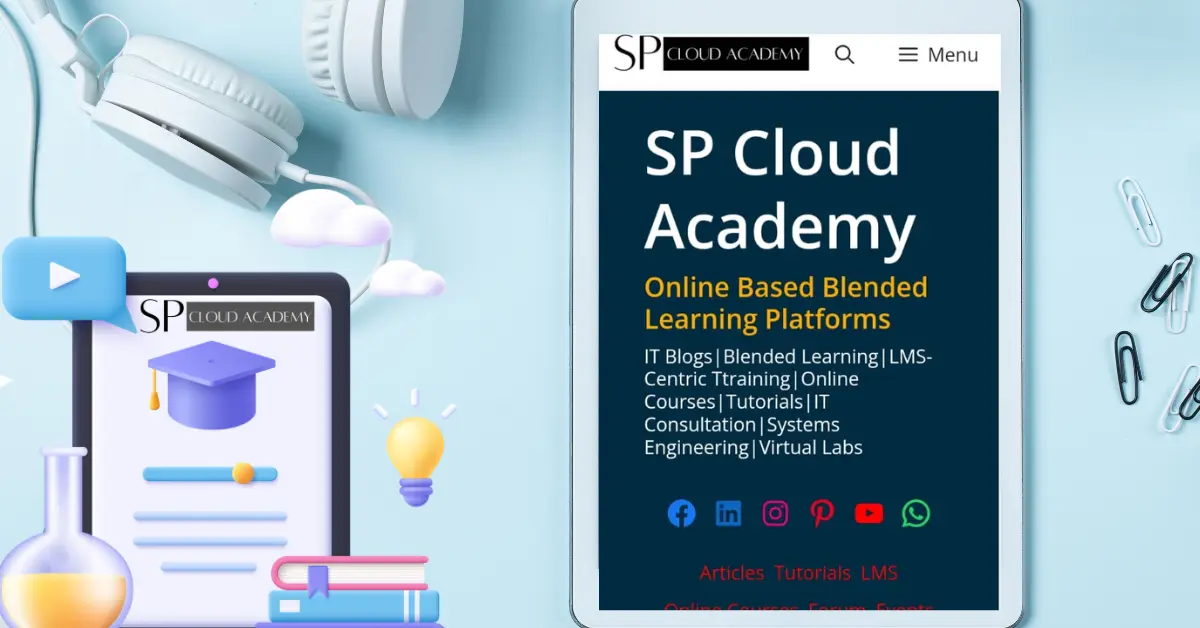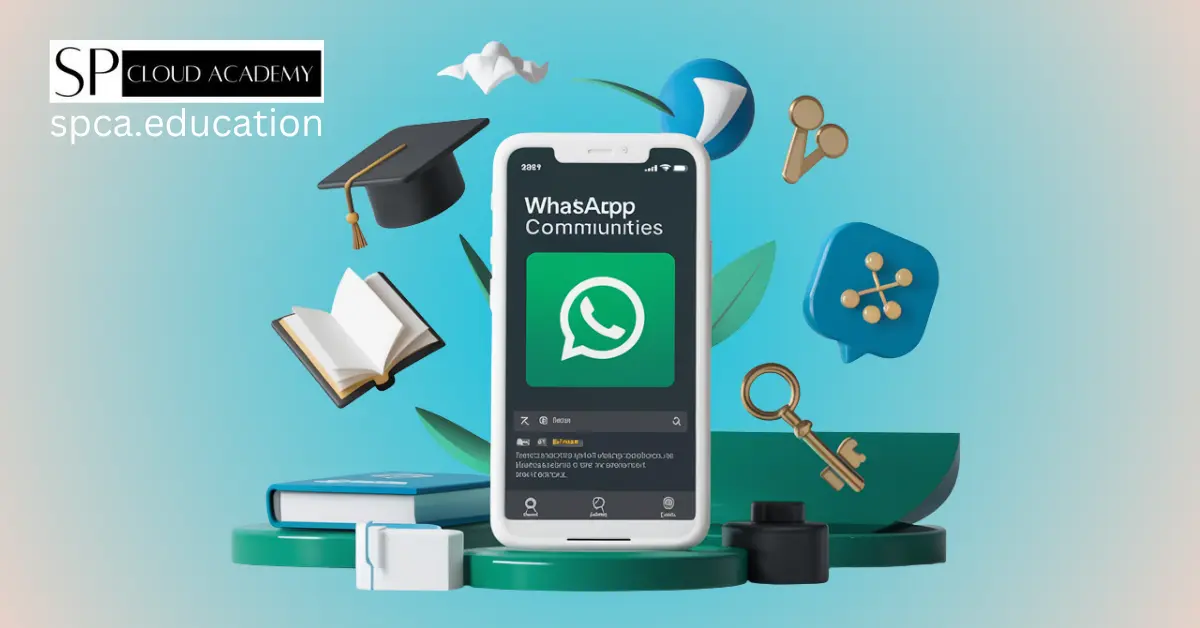Mobile learning, often abbreviated as m-learning, is a form of education or training that takes place using mobile devices such as smartphones, tablets, and laptops. It leverages the convenience and ubiquity of mobile technology to deliver educational content and facilitate learning in a flexible and accessible manner.
Key aspects of mobile learning
- Accessibility: Mobile learning allows learners to access educational materials and resources anytime, anywhere, as long as they have a mobile device and an internet connection. This accessibility is particularly valuable for people who have busy schedules or limited access to traditional educational settings.
- Flexibility: M-learning accommodates various learning styles and preferences. Learners can choose when and where to study, making it easier to fit learning into their daily routines. This flexibility is especially advantageous for adult learners or individuals with other commitments.
- Multimedia: Mobile devices support multimedia content, including text, images, audio, video, and interactive simulations. This rich media can enhance engagement and comprehension, making learning more effective and enjoyable.
- Personalization: Mobile learning platforms often incorporate features that allow for personalized learning experiences. This can include adaptive assessments, tailored content recommendations, and tracking progress to adapt the learning path accordingly.
- Collaboration: Many mobile learning apps and platforms facilitate collaboration among learners. Discussion forums, video conferencing, and social learning features enable students to interact and learn from each other, even when physically separated.
- Gamification: Gamification elements, such as badges, points, and leaderboards, are frequently used in mobile learning to motivate learners and make the process more engaging.
- Offline Access: Some mobile learning apps and platforms offer the option to download content for offline access. This is especially useful in areas with limited internet connectivity.
- Cost-Effective: Mobile learning can be more cost-effective than traditional classroom-based training or education. It reduces the need for physical infrastructure and printed materials.
- Performance Support: Mobile devices can serve as on-the-job performance support tools, providing just-in-time information and resources to help individuals complete tasks more effectively.
- Analytics and Assessment: Mobile learning platforms often include analytics tools that track learner progress and performance. This data can be used to assess the effectiveness of the learning program and make improvements.
Mobile learning is widely used in various educational and training contexts, including formal education, corporate training, healthcare, and more. It has become even more relevant in recent years with the proliferation of mobile devices and the increasing demand for flexible and remote learning options. However, it’s essential to consider factors like device compatibility, internet connectivity, and user experience design when implementing mobile learning initiatives to ensure their success.
Mobile Based Microlearning
Mobile-based microlearning is a modern approach to education and training that leverages mobile devices to deliver small, bite-sized units of educational content to learners. This method is designed to provide quick and easily digestible information, making it suitable for on-the-go learning and addressing the needs of busy individuals. Here are key characteristics and benefits of mobile-based microlearning:
Characteristics of Mobile-Based Microlearning:
- Short and Focused Content: Microlearning modules are typically brief, ranging from a few minutes to around 10 minutes. This brevity keeps learners engaged and prevents cognitive overload.
- Multimedia Elements: Mobile devices support various multimedia formats, including videos, images, audio, and interactive content. Mobile-based microlearning often incorporates these elements to enhance engagement and comprehension.
- Accessibility: Mobile devices are almost always within arm’s reach, making microlearning content readily available whenever learners have a few spare minutes.
- Self-Paced Learning: Learners can access microlearning modules at their convenience and progress through them at their own pace.
- Just-in-Time Learning: Microlearning is well-suited for providing information and training exactly when it’s needed, which is particularly valuable in job-related scenarios.
- Reinforcement: Microlearning can serve as a tool for reinforcing previously learned material or as a means of introducing new concepts in a concise manner.
- Assessments and Feedback: Mobile-based microlearning often includes quizzes, assessments, or interactive components to gauge understanding and provide immediate feedback.
Benefits of Mobile-Based Microlearning:
- Time-Efficient: It fits into busy schedules, making it easy for learners to engage with short bursts of learning during breaks or downtime.
- Improved Retention: The focused and repeated exposure to information can enhance retention and recall.
- Engagement: Multimedia elements and interactive features on mobile devices make microlearning engaging and enjoyable.
- Cost-Effective: It can be a cost-effective way to deliver training, as it often requires fewer resources compared to traditional training methods.
- Adaptability: Mobile-based microlearning can adapt to the evolving needs of learners and industries, making it suitable for continuous learning and professional development.
- Accessibility: It caters to a wide range of learners, including those who may have limited access to traditional training methods.
Examples of Mobile-Based Microlearning:
- Language Learning: Mobile apps that offer short daily language lessons.
- Corporate Training: Brief modules on workplace safety, compliance, or new software tools.
- Product Training: Quick tutorials on how to use a specific product or service.
- Sales Training: Short videos or simulations on sales techniques.
- Healthcare Training: Microlearning modules for medical professionals to stay updated on best practices.
To implement effective mobile-based microlearning, organizations and educators should focus on creating high-quality content that aligns with specific learning objectives and encourages learner engagement. Additionally, they should consider the use of analytics to track learner progress and adapt content as needed to ensure it remains effective.
Mobile Based Social learning
Mobile-based social learning is an educational approach that combines the use of mobile devices with social interactions to facilitate collaborative and interactive learning experiences. It harnesses the power of social media and mobile technology to promote knowledge sharing, collaboration, and community-building among learners. Here are the key aspects and benefits of mobile-based social learning:
Key Aspects of Mobile-Based Social Learning:
- Mobile Devices: Learners use smartphones, tablets, or other mobile devices to access learning content and engage in social interactions. The ubiquity of mobile devices allows for learning to take place anytime and anywhere.
- Social Interaction: Social learning involves communication and collaboration among learners. This can occur through various channels, including discussion forums, chat groups, video conferencing, and social media platforms.
- User-Generated Content: Learners often contribute to the learning experience by creating and sharing content, such as videos, articles, or discussion posts. This user-generated content enriches the learning environment.
- Peer Learning: Mobile-based social learning encourages learners to learn from one another. They can share insights, ask questions, provide feedback, and discuss topics, fostering a sense of community and peer support.
- Informal Learning: This approach is often more informal than traditional classroom-based learning. Learners have the freedom to explore topics that interest them and seek out information as needed.
- Collaborative Projects: Learners may work together on collaborative projects or assignments, leveraging mobile devices for communication and collaboration.
- Expert Participation: Instructors or subject matter experts can participate in discussions, answer questions, and provide guidance within the social learning environment.
Benefits of Mobile-Based Social Learning:
- Engagement: Social interactions and discussions make learning more engaging and interactive. Learners are more likely to stay motivated and interested in the subject matter.
- Peer Learning: Learners can benefit from diverse perspectives and knowledge-sharing among peers, leading to a deeper understanding of the material.
- Flexible Learning: Mobile-based social learning is flexible, allowing learners to choose when and where they engage with the content and discussions.
- Collaboration Skills: Learners develop valuable collaboration and communication skills, which are highly relevant in today’s workplaces.
- Knowledge Retention: Engaging in discussions and teaching others can enhance knowledge retention.
- Community Building: Social learning platforms create a sense of community and belonging among learners, fostering a supportive learning environment.
- Accessibility: Mobile-based social learning is accessible to a wide range of learners, including those who might have limitations accessing traditional classroom settings.
Examples of Mobile-Based Social Learning:
- Online Courses: Many online learning platforms offer mobile access to course content and discussion forums, promoting social learning.
- Corporate Training: Mobile apps or platforms that enable employees to discuss training materials, share best practices, and collaborate on projects.
- Language Learning: Mobile language learning apps often include social features like language exchange partners and community forums.
- Professional Networks: LinkedIn and other professional networks offer mobile access to groups and discussions where professionals can learn from each other.
- Informal Learning Communities: Informal learning groups, such as coding clubs or hobbyist forums, often use mobile-based social learning to share knowledge.
To implement effective mobile-based social learning, it’s essential to select the right platforms or tools, establish clear learning objectives, and provide guidance and moderation to ensure productive and respectful interactions within the learning community. Additionally, ongoing assessment and feedback mechanisms can help measure the effectiveness of social learning initiatives.
Learning with Mobile based Simulation
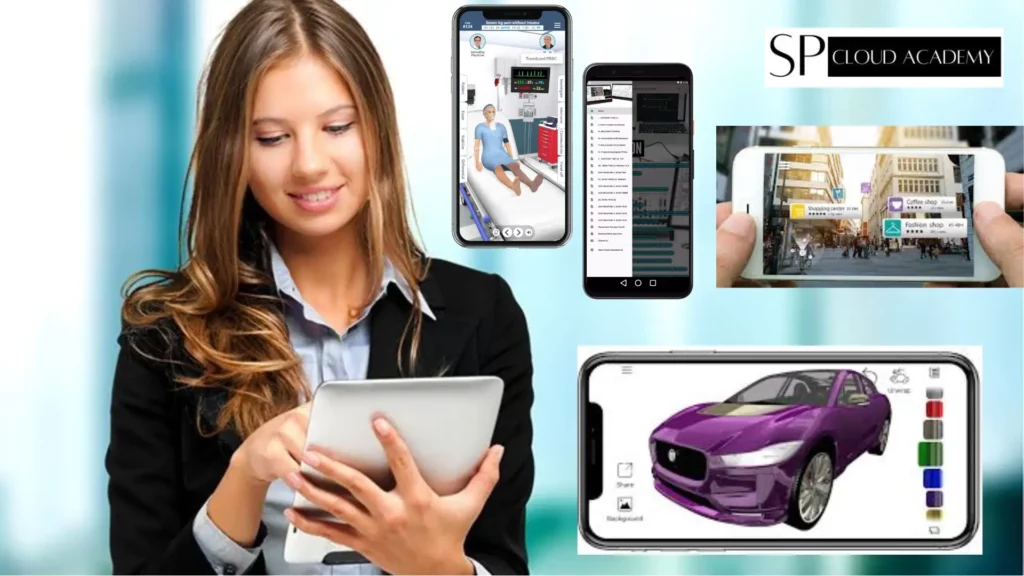
Mobile-based simulation is a type of e-learning that uses mobile devices, such as smartphones and tablets, to deliver simulations. Simulations are interactive models of real-world systems or processes that allow learners to explore and learn from them.
There are many advantages to using mobile-based simulation for learning. First, mobile devices are portable and can be used anywhere, so learners can learn at their own pace and time. Second, mobile devices are often more engaging than traditional learning methods, such as textbooks and lectures. Third, mobile-based simulations can be customized to the individual learner’s needs.
There are many different types of mobile-based simulations available, covering a wide range of topics. Some popular examples include:
- Medical simulations: These simulations allow learners to practice medical procedures, such as giving injections or stitching wounds.
- Engineering simulations: These simulations allow learners to design and test engineering structures, such as bridges and buildings.
- Business simulations: These simulations allow learners to make decisions about running a business, such as marketing a product or hiring employees.
- Language learning simulations: These simulations allow learners to practice speaking and listening to a foreign language.
Mobile-based simulation is a powerful tool that can be used to improve learning in a variety of settings. It is a versatile and engaging way to learn, and it can be used to supplement or replace traditional learning methods.
Here are some specific benefits of using mobile-based simulation for learning:
- Engagement: Mobile-based simulations are often more engaging than traditional learning methods, such as textbooks and lectures. This is because they are interactive and allow learners to explore and learn from the simulations in a hands-on way.
- Accessibility: Mobile devices are portable and can be used anywhere, so learners can access mobile-based simulations at their own pace and time. This makes them a good option for learners who are unable to attend traditional classes or who have busy schedules.
- Customization: Mobile-based simulations can be customized to the individual learner’s needs. This means that learners can focus on the topics that they are most interested in and that they can learn at a pace that is comfortable for them.
- Assessment: Mobile-based simulations can be used to assess learners’ progress. This information can be used to identify areas where learners need additional help and to track their learning over time.
If you are interested in using mobile-based simulation for learning, there are a few things you should keep in mind. First, you need to make sure that the simulation is well-designed and that it is relevant to your learning goals. Second, you need to make sure that you have access to a mobile device that can run the simulation. Finally, you need to be willing to experiment with different simulations to find ones that work best for you.
Overall, mobile-based simulation is a valuable tool that can be used to improve learning in a variety of settings. If you are looking for a way to make your learning more engaging, accessible, and customized, then mobile-based simulation is a good option to consider.
Choosing the right mobile learning tool
Choosing the right mobile learning tool for your educational or training needs is a crucial decision. With the proliferation of mobile technology and the availability of various learning tools, it’s important to consider several factors to ensure you select the tool that best aligns with your goals and requirements. Here’s a step-by-step guide to help you choose the right mobile learning tool:
Define Your Learning Objectives:
- Start by clearly defining your learning or training objectives. What do you want to achieve with mobile learning? What are the specific knowledge and skills you want learners to acquire or improve?
Understand Your Audience:
- Consider the characteristics of your target audience, including their age, tech-savviness, learning preferences, and access to mobile devices. Tailor your choice to their needs and preferences.
Assess Mobile Device Compatibility:
- Ensure that the tool is compatible with the mobile devices your learners will use. Check whether it supports various operating systems (iOS, Android) and screen sizes.
Content Types and Formats:
- Determine the types of content you need to deliver. Will you primarily use text, images, videos, interactive simulations, or a combination of these? Make sure the tool can handle the content formats you plan to use.
Interactivity and Engagement:
- Evaluate the tool’s capabilities for interactivity and engagement. Does it offer features like quizzes, assessments, discussions, gamification elements, or collaboration tools?
Ease of Use:
- The tool should be user-friendly for both learners and instructors. Conduct usability testing if possible to gauge its ease of use.
Content Creation and Management:
- If you plan to create your own content, assess the tool’s content creation and management features. Does it have built-in authoring tools or integration with popular content creation platforms?
Scalability:
- Consider whether the tool can scale to accommodate your current and future needs, especially if you expect an increase in the number of users.
Analytics and Reporting:
- Analytical features are essential for tracking learner progress and assessing the effectiveness of your mobile learning program. Ensure the tool provides the necessary analytics and reporting capabilities.
Integration Capabilities:
- If you plan to integrate the mobile learning tool with existing systems or platforms (e.g., Learning Management System – LMS), check for compatibility and available APIs.
Support and Training:
- Assess the availability of customer support, documentation, and training resources. Ensure that you and your team can access assistance if needed.
Security and Privacy:
- Data security and learner privacy are paramount. Ensure the tool complies with relevant data protection regulations and offers secure authentication and data storage.
Cost Considerations:
- Analyze the cost structure of the tool, including licensing fees, subscription costs, and any additional expenses for content creation or customization.
User Feedback and Reviews:
- Research user reviews, case studies, and testimonials to gain insights into the tool’s performance and user satisfaction.
Pilot Testing:
- Whenever possible, conduct a pilot test with a small group of learners to evaluate how well the tool meets your specific needs and objectives.
Vendor Reputation:
- Consider the reputation and track record of the tool’s vendor. Look for their experience in the field and their commitment to ongoing development and support.
Future-Proofing:
- Choose a tool that can adapt to evolving technology trends and educational needs to ensure its long-term relevance.
By carefully considering these factors and conducting a thorough evaluation, you’ll be better equipped to select the right mobile learning tool that suits your organization’s or educational institution’s unique requirements and goals.
The challenges of mobile learning
Mobile learning, also known as m-learning, is the use of mobile devices, such as smartphones and tablets, to deliver educational content and experiences. It has many advantages, such as its portability, flexibility, and interactivity. However, there are also some challenges associated with mobile learning.
Some of the challenges of mobile learning include:
- Device compatibility: Not all mobile devices are created equal. Some devices may not have the necessary hardware or software to run certain mobile learning apps or content.
- Data access: Mobile learning requires access to the internet, which may not be available in all areas. Even if internet access is available, it may be slow or unreliable.
- Battery life: Mobile devices typically have shorter battery life than laptops or desktops. This can be a challenge if learners are using their devices for extended periods of time.
- Distractions: Mobile devices are often used for entertainment and social networking. This can make it difficult for learners to focus on their studies when they are using their devices for learning.
- Security: Mobile devices are more susceptible to security threats than other types of devices. This is because they are often connected to the internet and they may contain sensitive personal or financial information.
- Cost: Mobile learning can be more expensive than traditional learning methods, especially if learners need to purchase their own devices or pay for data access.
Despite these challenges, mobile learning is a valuable tool that can be used to improve learning in a variety of settings. By addressing the challenges of mobile learning, educators can create effective and engaging learning experiences that take advantage of the power of mobile devices.
Here are some tips for overcoming the challenges of mobile learning:
- Choose mobile learning apps and content that are compatible with the devices that your learners have.
- Make sure that your learners have access to reliable internet connection.
- Provide learners with tips on how to conserve battery life.
- Design mobile learning activities that are engaging and that minimize distractions.
- Take steps to protect the security of your learners’ data.
- Consider the cost of mobile learning when making decisions about how to implement it.
By following these tips, you can help to ensure that your learners have a positive and productive mobile learning experience.
FAQs
Certainly, here are some frequently asked questions (FAQs) about mobile learning along with their answers:
What is mobile learning (m-learning)?
- Mobile learning, or m-learning, is an educational approach that uses mobile devices like smartphones, tablets, and laptops to deliver learning content. It enables learners to access educational materials and resources on the go, making learning more flexible and accessible.
What are the advantages of mobile learning?
- Mobile learning offers several benefits, including flexibility in learning schedules, accessibility, the ability to incorporate multimedia content, personalized learning, and the potential for collaborative and interactive learning experiences.
What types of content can be delivered through mobile learning?
- Mobile learning can deliver a wide range of content types, including text, images, videos, audio, interactive simulations, quizzes, and assessments.
Is mobile learning effective for all types of education and training?
- Mobile learning can be effective for a wide range of educational and training purposes, but its suitability depends on the specific learning objectives and the nature of the content. It may not be suitable for highly specialized or hands-on training that requires physical equipment or environments.
What are some popular mobile learning apps and platforms?
- Some popular mobile learning apps and platforms include Coursera, Udemy, Duolingo, LinkedIn Learning, edX, Khan Academy, and many more. The choice of platform depends on your specific learning goals.
Is mobile learning suitable for corporate training?
- Yes, mobile learning is widely used in corporate training. It allows employees to access training materials and resources on their mobile devices, making it convenient for on-the-job learning and skill development.
How can I ensure the security of mobile learning content and data?
- To ensure the security of mobile learning content and data, consider using secure authentication methods, encryption, and compliance with relevant data protection regulations. Regularly update security measures and educate users about best practices.
What are the challenges of mobile learning?
- Challenges of mobile learning include device and platform fragmentation, limited screen real estate, potential distractions, and concerns about data security and privacy. Designing for a variety of devices and ensuring engagement are also common challenges.
Is mobile learning suitable for young learners, such as K-12 students?
- Mobile learning can be suitable for K-12 students, but it should be used with caution. Age-appropriate content and supervision are essential. Schools often implement mobile learning as part of a blended learning approach.
How can I measure the effectiveness of mobile learning programs?
- To measure the effectiveness of mobile learning programs, you can use metrics like completion rates, learner performance assessments, learner feedback, and improvements in knowledge or skills. Analytics tools provided by mobile learning platforms can also be helpful.
Can mobile learning be used for certification or formal education programs?
- Yes, mobile learning can be used for certification and formal education programs. Many universities and institutions offer mobile-accessible courses and even full degree programs. It’s important to ensure the quality and accreditation of such programs.
Are there any best practices for designing mobile learning content?
- Some best practices for designing mobile learning content include keeping content concise, using multimedia elements effectively, ensuring mobile responsiveness, providing clear navigation, and making content interactive and engaging.
Remember that the effectiveness of mobile learning depends on how well it aligns with your specific goals and the needs of your learners. Careful planning, design, and assessment are key to successful mobile learning implementations.
Quotes
- “The future of mobile is the future of online. It is how people access online content now.” – David Murphy
- “Mobile is not the future; it is the now. Meet your learners where they are today.” – Judy Unrein
- “Mobile learning is about transforming the way we learn, not just the way we deliver learning.” – Elliot Masie
- “Mobile learning isn’t about taking what we do in the classroom and putting it on a mobile device. It’s about rethinking what learning can be.” – Karl Kapp
- “Mobile learning is not the future; it’s the new normal.” – Unknown
- “Mobile learning is personalized learning.” – Jeff Fernandez
- “Education is evolving due to the impact of the Internet. We cannot teach our students in the same manner in which we were taught. Change is necessary to engage students not in the curriculum we are responsible for teaching, but in school.” – April Chamberlain
- “Mobile learning is not a replacement for classroom training. It is a valuable addition that can complement and enhance traditional learning.” – Pooja Jaisingh
- “Mobile learning makes it possible for learners to achieve their learning goals at their own pace, at a time and place that suits them.” – Alan Samuel
- “The real power of mobile learning is the ability to learn anything, anytime, anywhere.” – Tomi Ahonen
See also
https://spca.education/category/m-learning/
https://spca.education/elearning/
-
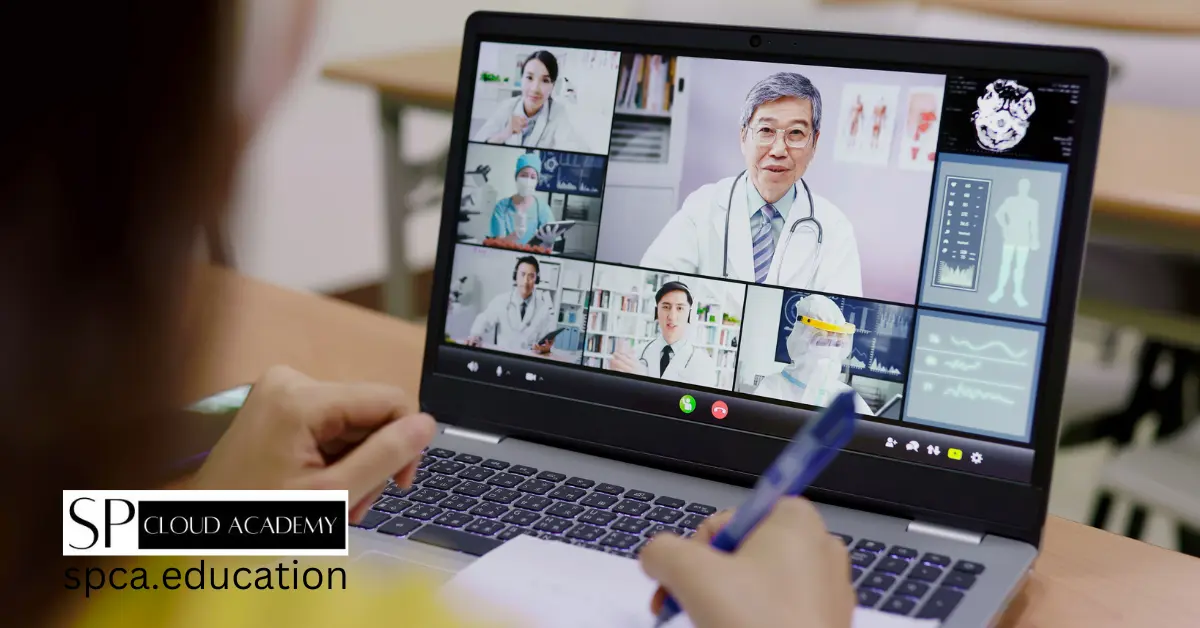
Digital Cooperative Learning: Best Online Collaboration Tools for Students
-

The Future of Education: AI Tutors and Immersive Learning
-

10 Proven Strategies to Make Your Display Ads Go Viral
-

Google Books: Unlocking a World of Knowledge at Your Fingertips
-
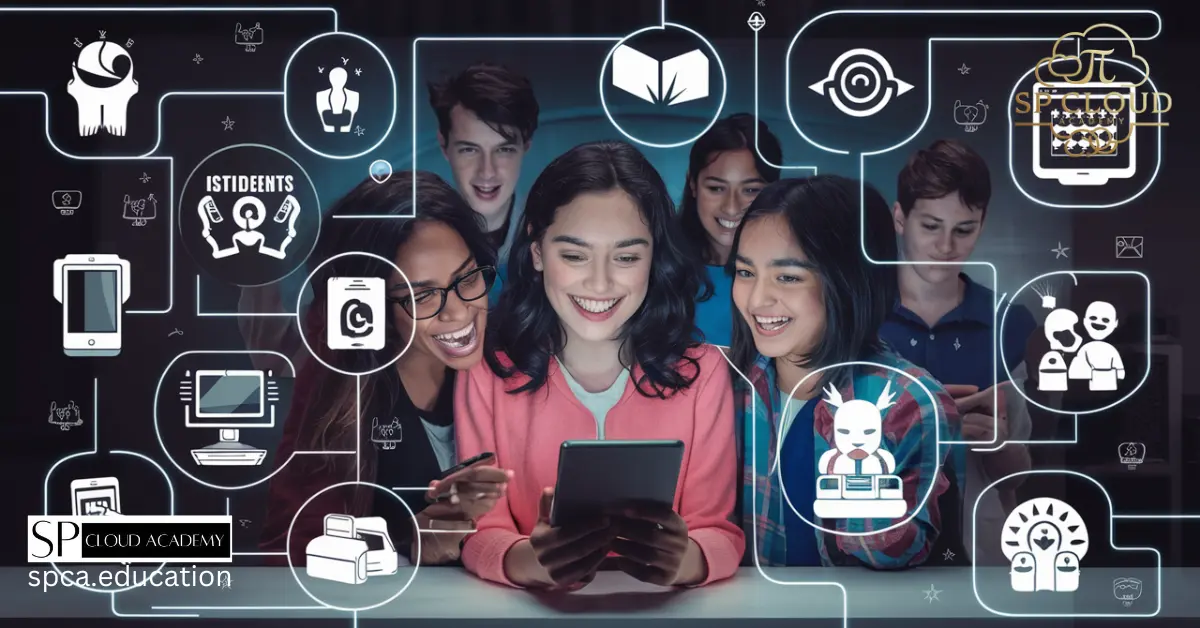
Personalized Learning Made Simple: The Ultimate Tools for Educators
